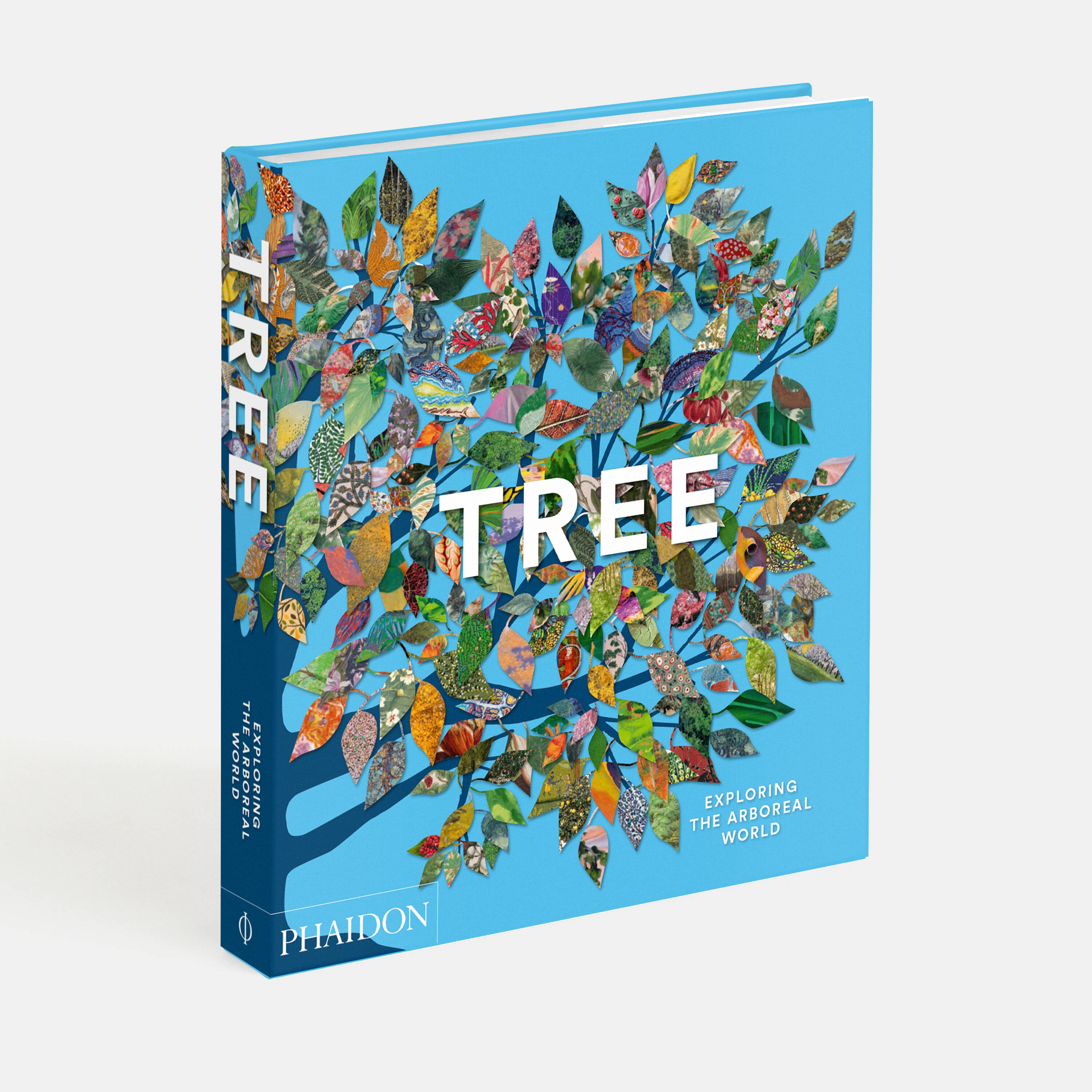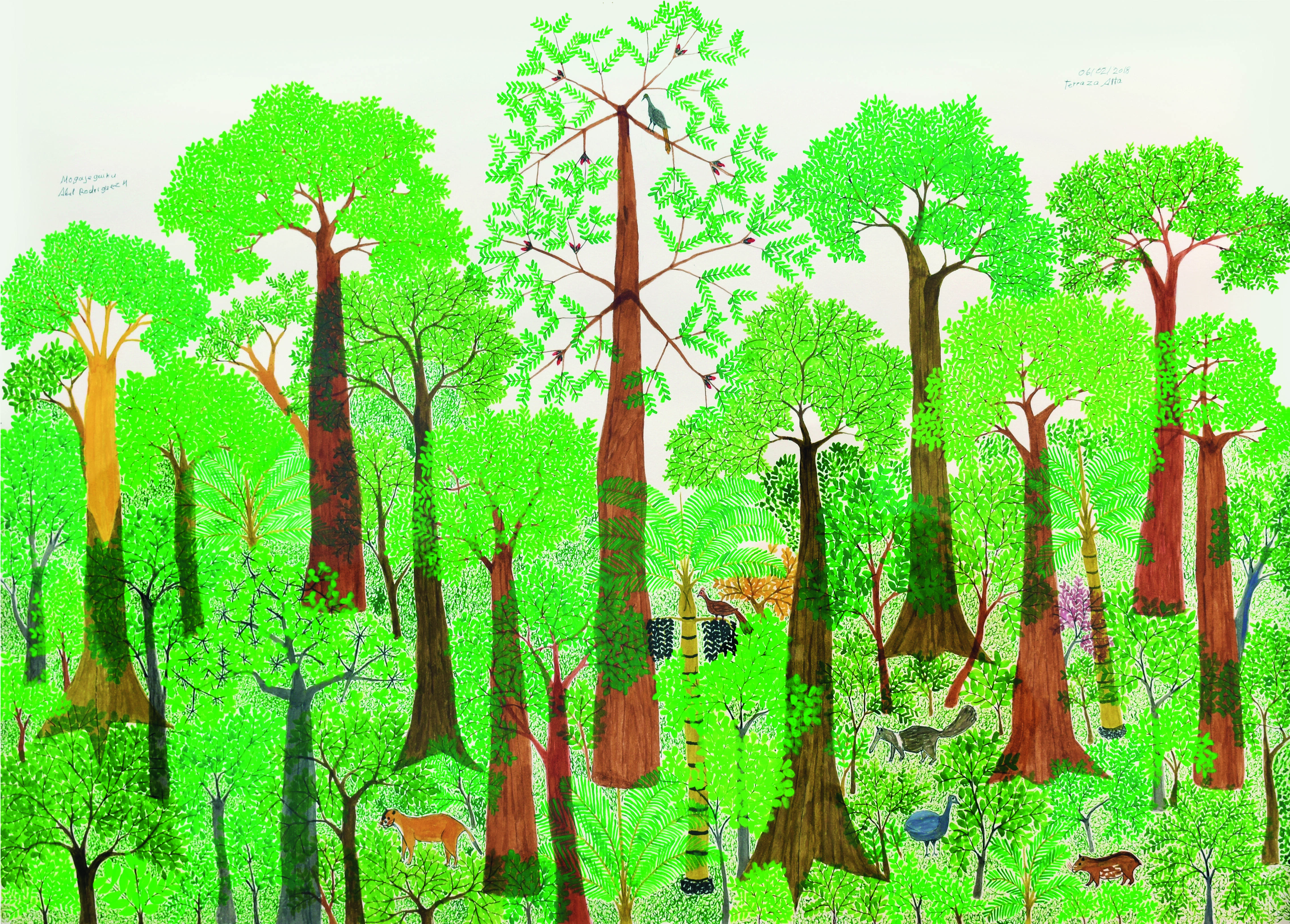
Did you know planet earth has over 3 trillion trees?
And botanists, conservationists, art historians, and museum curators picked some of the best artistic representations of them over 3,500 years for our new book, Tree: Exploring the Arboreal World
The creator of our Explorer series of books including the latest, Tree: Exploring the Arboreal World, put it best when she said that trees are perhaps “the most universally loved living organisms on Earth”.
They really are. Trees are a part of our daily lives: in forests and national parks, planted along city sidewalks or the paths of urban gardens, growing in pots in our offices, or near our homes. We hug and climb trees, decorate them for the holidays, carve hearts and initials into them, and seek their shade on a sunny day.
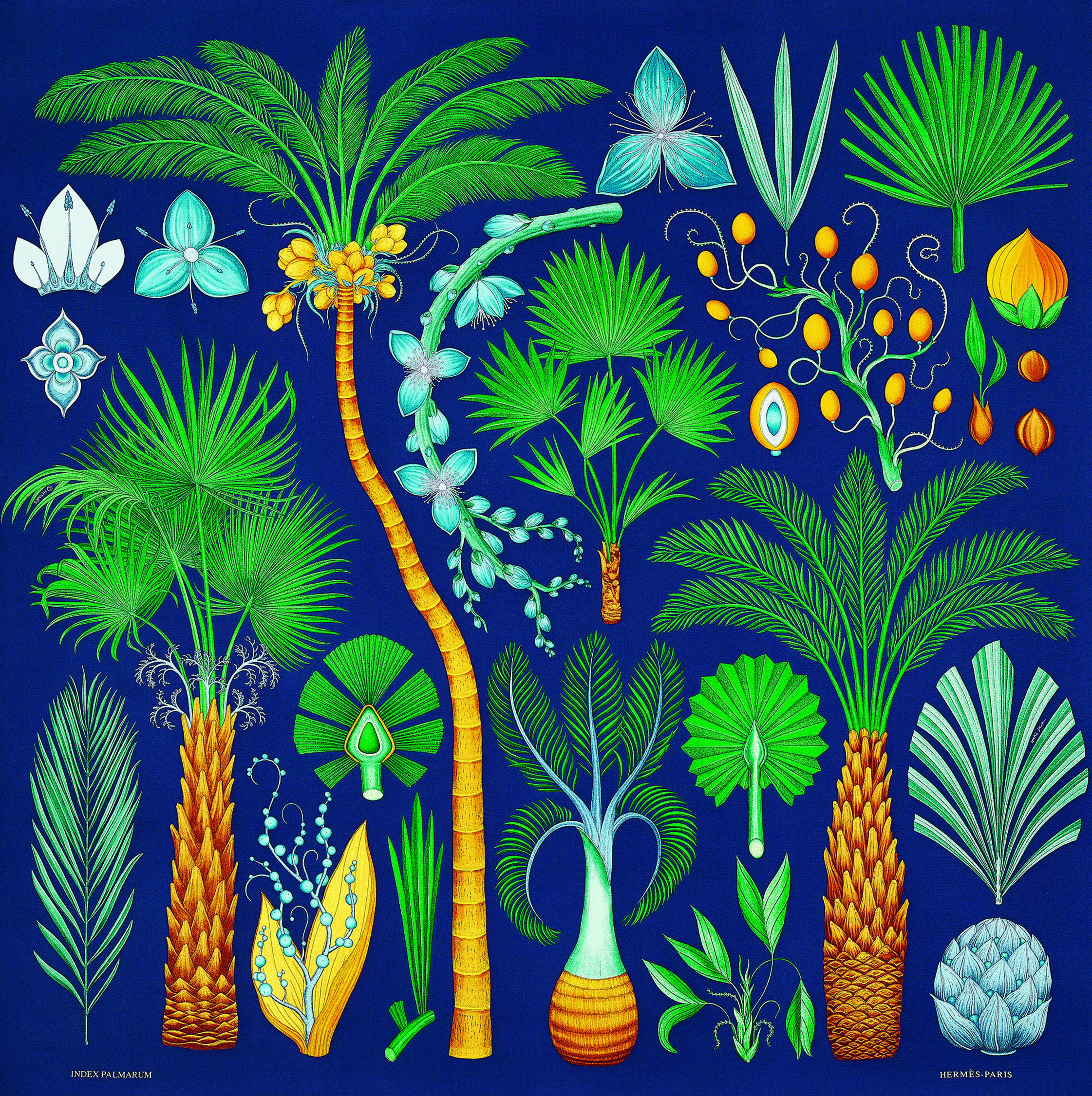 Katie Scott for Hermès, Index Palmarum, 2019. Picture credit: Carré INDEX PALMARUM, dessin de Katie Scott © Hermès Paris, 2024 Silk, 90 × 90 cm / 351/2 × 351/2 in, Hermès Collection, Paris
Katie Scott for Hermès, Index Palmarum, 2019. Picture credit: Carré INDEX PALMARUM, dessin de Katie Scott © Hermès Paris, 2024 Silk, 90 × 90 cm / 351/2 × 351/2 in, Hermès Collection, Paris
Tree: Exploring the Arboreal World delves into this enduring love for trees, taking readers on a journey across continents and cultures to discover the endless ways artists and image-makers throughout history—extending more than 3,500 years from ancient Greece to today—have been inspired by the world’s trees and forests.
This expansive survey is a collection of 316 spectacular images chosen by an international panel of experts, including botanists, conservationists, natural and art historians, and museum curators.
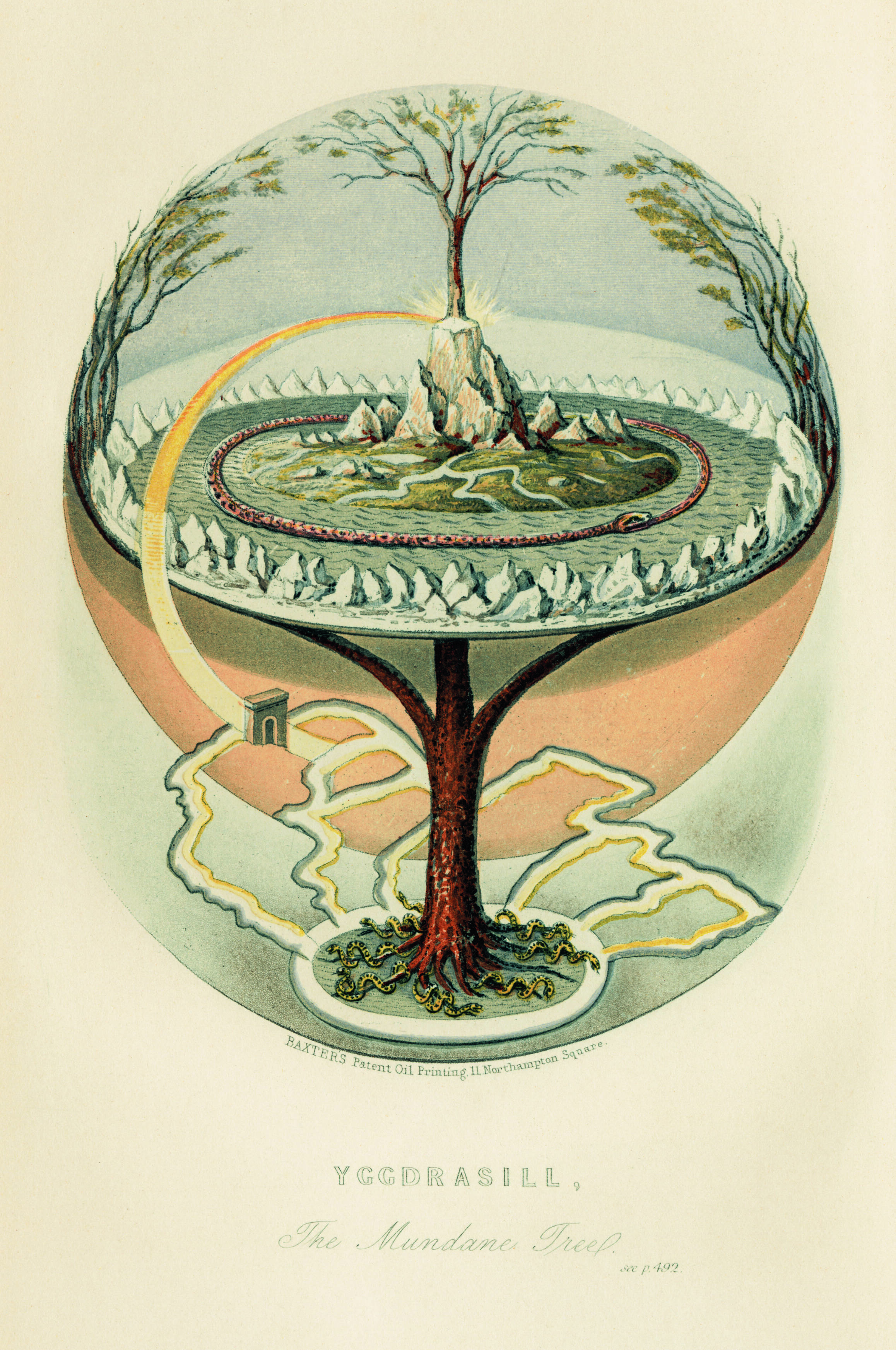 Finnur Magnusson, Yggdrasill, The Mundane Tree, from Northern Antiquities: Or an Historical Account of the Manners, Customs, Religion and Laws … of the Ancient Scandinavians, 1859. Picture credit: Map reproduction courtesy Norman B. Leventhal Map & Education Center, Boston Public Library Printed book, 18 × 12 cm / 7 × 4¾ in, Norman B. Leventhal Map Center, Boston Public Library
Finnur Magnusson, Yggdrasill, The Mundane Tree, from Northern Antiquities: Or an Historical Account of the Manners, Customs, Religion and Laws … of the Ancient Scandinavians, 1859. Picture credit: Map reproduction courtesy Norman B. Leventhal Map & Education Center, Boston Public Library Printed book, 18 × 12 cm / 7 × 4¾ in, Norman B. Leventhal Map Center, Boston Public Library
The images in Tree span a wide range of styles and media featuring both renowned and lesser-known works—from paintings, botanical illustrations and sculptures to nature photography, children’s books, and textiles. Readers will discover the diversity of trees from all over the globe, from the common ash and giant sequoia to Joshua trees thriving in the desert.
 Douglas Leen and Brian Maebius, Joshua Tree National Monument, 2013. Picture credit: Ranger Doug’s Enterprises Silk-screen print, 48.3 x 24.5 cm / 19 x 13½ in, Private collection
Douglas Leen and Brian Maebius, Joshua Tree National Monument, 2013. Picture credit: Ranger Doug’s Enterprises Silk-screen print, 48.3 x 24.5 cm / 19 x 13½ in, Private collection
The book features an introduction written by Tony Kirkham, who was the Head of the Arboretum, Gardens and Horticultural Services at the Royal Botanic Gardens, Kew, London, for more than 40 years.
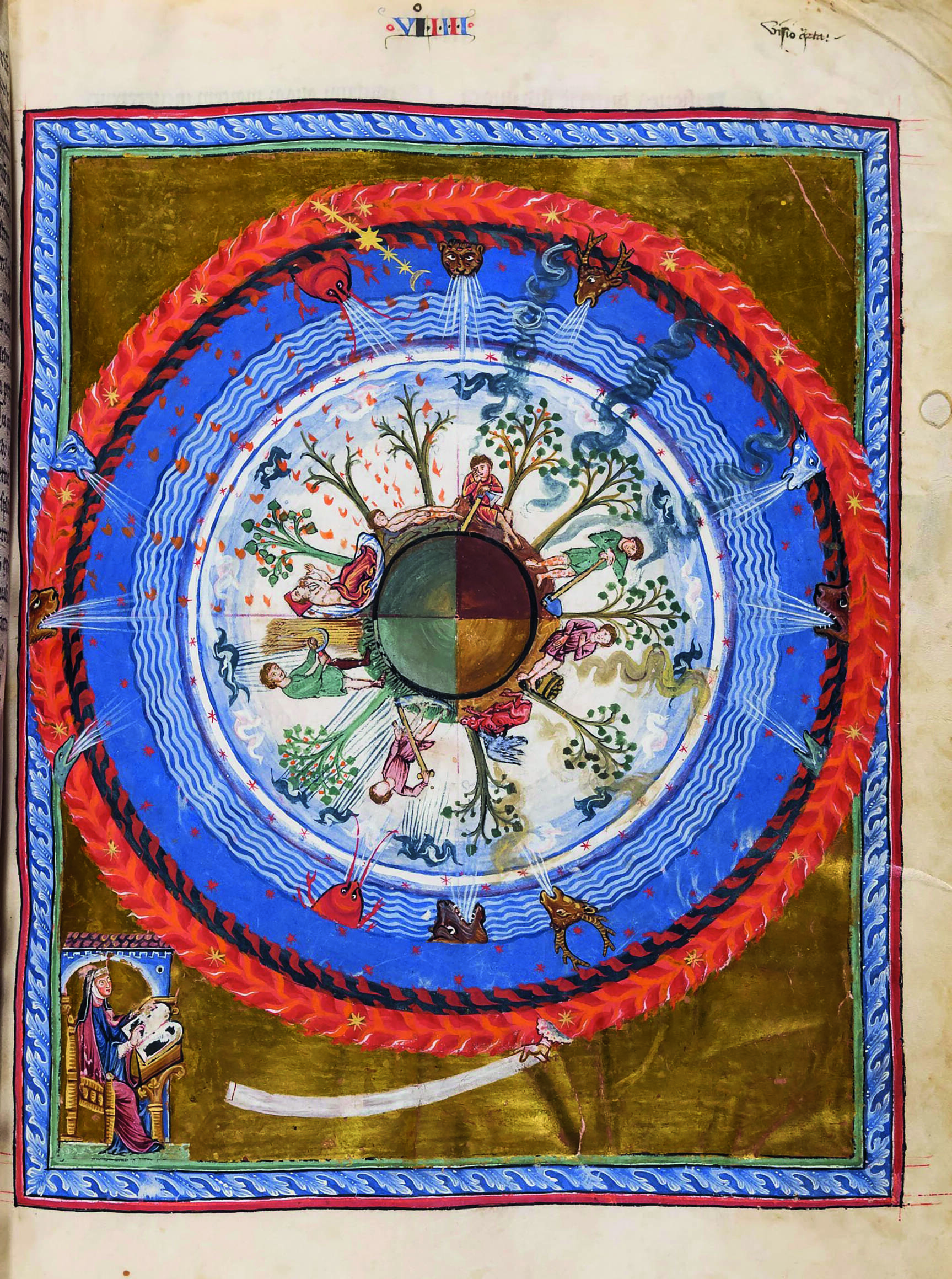 Hildegard von Bingen, page from Liber Divinorum Operum, 1210–30. Picture credit: World Digital Library Illuminated manuscript, 39 × 25.5 cm / 15¼ × 10 in, Library of Congress, Washington DC
Hildegard von Bingen, page from Liber Divinorum Operum, 1210–30. Picture credit: World Digital Library Illuminated manuscript, 39 × 25.5 cm / 15¼ × 10 in, Library of Congress, Washington DC
The images follow a visually stunning sequence, where they are artfully arranged to highlight thought-provoking contrasts and similarities between them, regardless of the time period. The vibrant colours of The Lorax by Dr. Seuss pair up with those in Keith Haring’s Tree of Life. An early colour photograph of an apple blossom by Jeanette Klute sits alongside an illustration of American folk hero Johnny Appleseed.
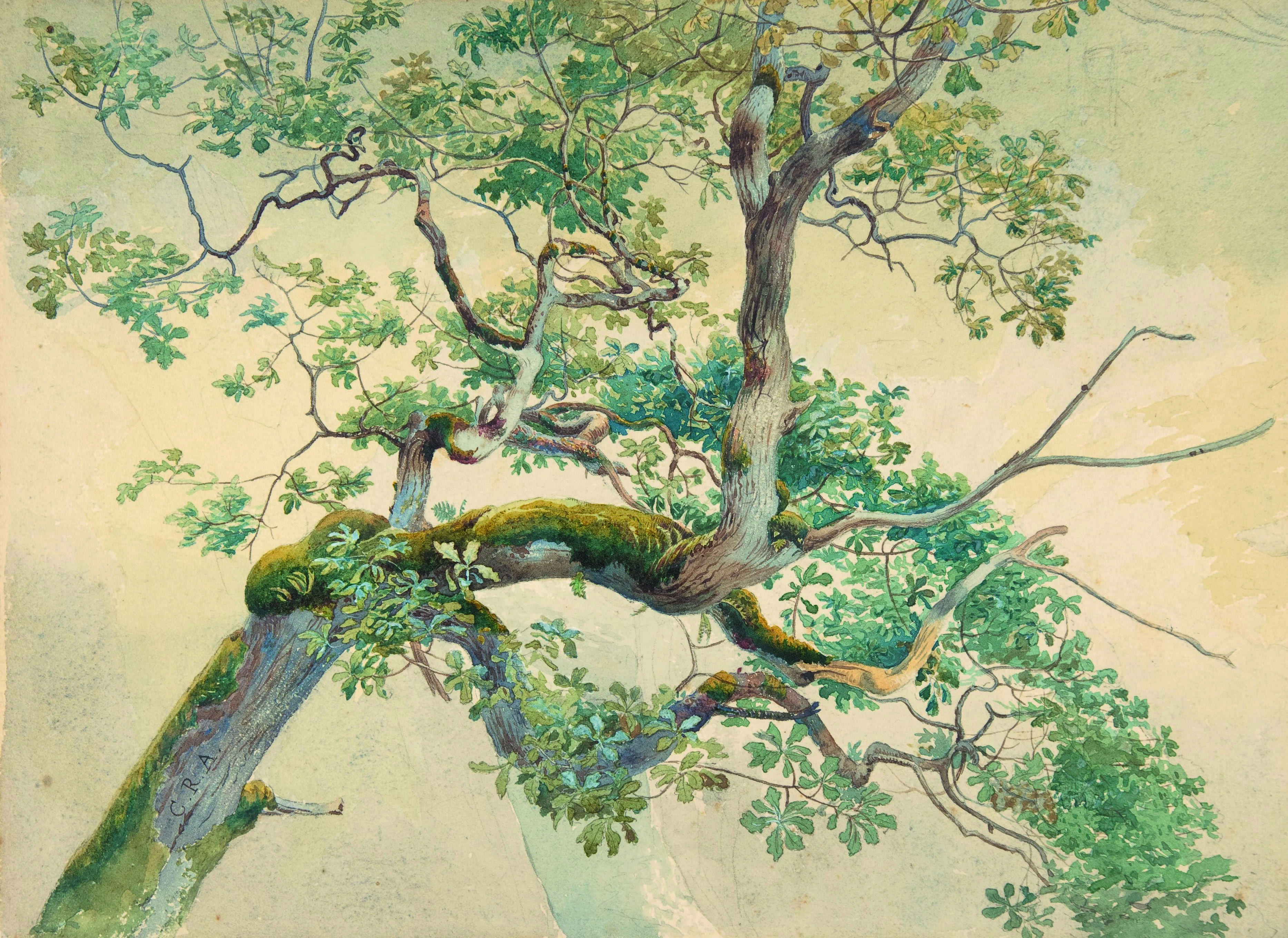 Charles Reginald Aston, Tree Branches, 1860–1900. Picture credit: Metropolitan Museum of Art / Gift of Robert Tuggle, 2007 Watercolour over graphite, 24.1 × 33 cm / 9½ × 13 in, Metropolitan Museum of Art, New York
Charles Reginald Aston, Tree Branches, 1860–1900. Picture credit: Metropolitan Museum of Art / Gift of Robert Tuggle, 2007 Watercolour over graphite, 24.1 × 33 cm / 9½ × 13 in, Metropolitan Museum of Art, New York
Whether depicted by the ancient Romans in stone mosaics, illustrated in illuminated manuscripts, or digitally captured with the latest cutting-edge technology, every element of a tree is explored in the book, from the complex networks of roots up to the trunk and bark, and through the branches, buds, cones, and leaves.
Take a closer look at Tree: Exploring the Arboreal World in the store.
